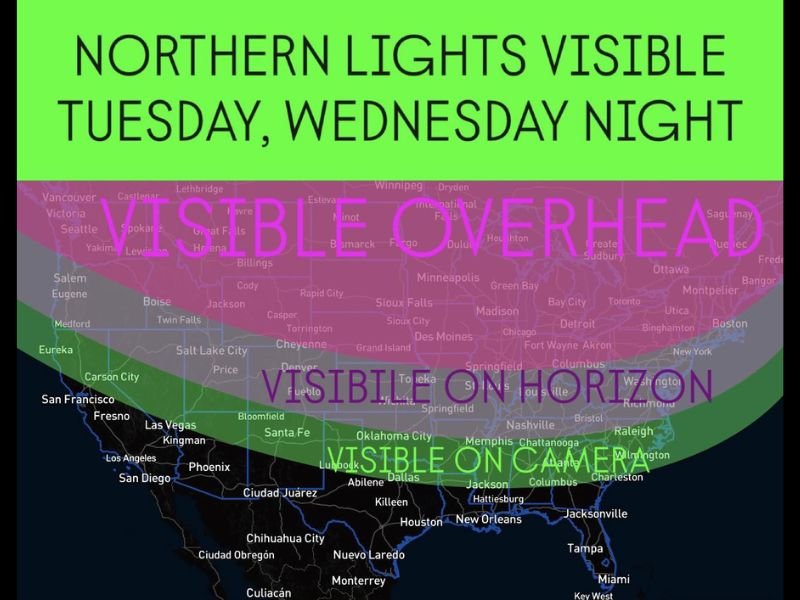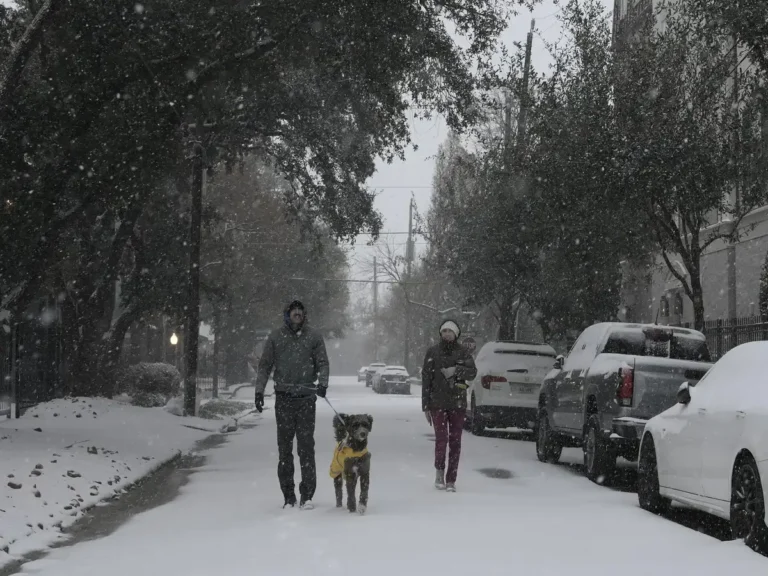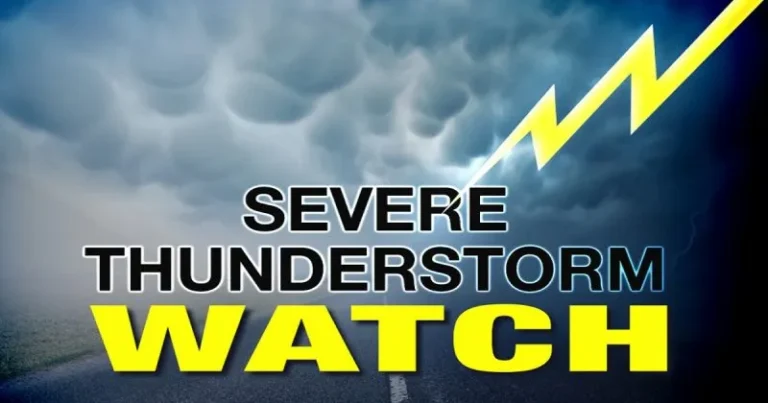Northern Lights May Be Visible Across Much of the U.S. After Powerful Solar Flare Triggers Geomagnetic Storm
ILLINOIS — A spectacular northern lights display could light up skies across the United States this week — including parts of Illinois and the Midwest — after scientists issued a severe geomagnetic storm watch triggered by a massive solar flare.
The National Oceanic and Atmospheric Administration (NOAA) confirmed that a strong burst of solar energy released from the sun is expected to reach Earth between Tuesday night and Wednesday, creating a rare chance for millions of Americans to witness the aurora borealis without traveling north.
Northern Lights Could Reach Illinois and Beyond
According to the latest space weather forecast, states like Minnesota, Wisconsin, and Michigan are expected to see the brightest overhead displays, while areas farther south — including Illinois, Indiana, Ohio, and even parts of Oklahoma and Tennessee — may be able to spot the northern lights glowing along the horizon.
Meteorologists say this is one of the strongest geomagnetic storms of the year and could make the aurora visible farther south than usual, depending on cloud cover and light pollution.
“We’re looking at an unusually strong solar event,” NOAA officials said. “If skies remain clear, residents across the central U.S. may catch a rare view of the northern lights.”
Best Times and Places to Watch in Illinois
Experts recommend heading out late Tuesday night and again on Wednesday night, ideally between 10 p.m. and 2 a.m., when the sky is darkest and the aurora activity peaks.
For the best chance of seeing the lights in Illinois:
- Head away from city lights — rural areas and open fields offer the clearest view.
- Look toward the northern horizon, especially in areas like Naperville, Rockford, or northern suburbs of Chicago.
- Use night mode or long-exposure settings on your smartphone or camera to capture faint colors.
- Avoid cloudy or hazy areas, as clear skies are essential for visibility.
The Science Behind the Lights
The aurora borealis, or northern lights, form when charged solar particles collide with Earth’s magnetic field and atmosphere, releasing energy that produces vibrant waves of green, purple, and red light across the sky.
This week’s display is the result of a massive coronal mass ejection (CME) — a wave of solar plasma that can interact with Earth’s magnetic field, producing both stunning visuals and temporary disruptions in technology.
Possible Impacts on Technology
While the event is largely safe for the public, NOAA scientists note that strong geomagnetic storms can cause minor radio and GPS signal disruptions, as well as potential interference with satellite operations. However, the public impact is expected to be minimal.
Rare Opportunity for Illinois Skywatchers
For many Midwesterners, this may be one of the few times in recent years that the northern lights are visible without traveling to northern states or Canada. Residents are encouraged to check local sky conditions and find a dark, open location for the best experience.
“If you’ve never seen the aurora before, this could be your chance,” said one local astronomy enthusiast. “Even faint colors on the horizon are something truly magical.”
Stay tuned for real-time sky updates and viewing tips at NapervilleLocal.com.
Author: Avery Hughes Category: Weather







